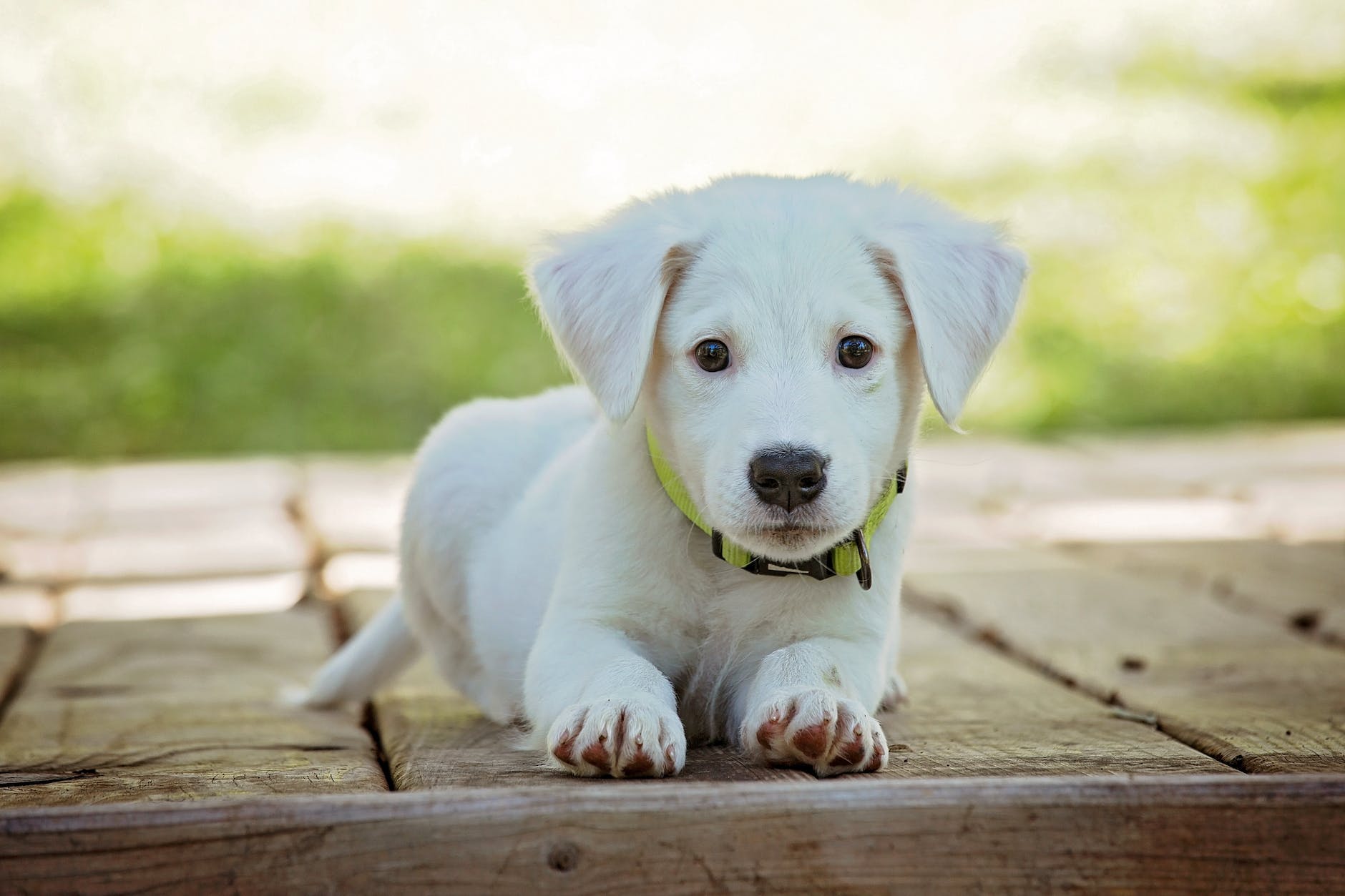
Anyone who has trained dogs in any capacity for more than a few years remembers when we used to refer to the cue as a command. Many don’t see the distinction, but there is one. A cue is a marker that indicates something should happen where a command is a demand for a behavior to take place. The idea of a cue is more akin to what we believe your dog understands words to be. They are not a language so much as they are a marker that tells the dog something should happen. Think of it like the gun that goes off telling contestants that they should begin the race.
This distinction is important because it changes our perspective about what our dog actually understands. If we give our dog a command and they disobey we may come to the conclusion that they are being disobedient. But the truth is, when dogs understand what we want from them and there is motivation to do so, they will usually do it.
If we give a dog a cue and they don’t do what the cue indicates, we can assume the dog does not understand the cue sufficiently. The dog is not ready, and needs more training. This puts the ball back in our court. We need to figure out how to help the dog understand.
Our dogs do not have a verbal language like we do. While they may surprise us in the amount they can understand, it may be unfair to expect them to understand that the noises we make are words, and that words have individual meanings. Dogs can just as easily be trained with whistles. They learn that certain patterns mean certain things should happen. This is distinct from language.
Because cues are meaningless to our dogs until we train them, it does no good to throw them out before our dog is already performing the behavior we are looking for. The best way to train your dog is to get the behavior you are looking for, then teach your dog the auditory or physical cue for the behavior. Once we connect the two we can gradually reduce the rate of reinforcement until the dog is performing the cued behavior every time.
